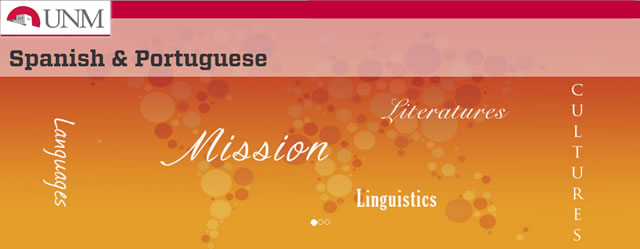
Spanish and Portuguese ETDs
Publication Date
7-12-2014
Abstract
This study centers on the graciosa, the female stock comic figure of early modern Spanish theater. It focuses on the comical discourse of this character in order to underscore five basic reasons that prove that she is a figure of this theater that requires more scholarly focus. The graciosas that are analyzed are: Celia and Clara from Lope de Vegas La dama boba (1613), Isabel from Calderón de la Barca's La dama duende (1629), Flora from Francisco Rojas Zorrilla's Primero es la honra que el gusto (prior to 1648) and Irene from Agustín Moreto's La fuerza de la ley (1651). This study also examines, applying language ideology theory, how the graciosas' discourse, especially when expressing disaffection with the society depicted in the plays, can serve to offer a more holistic perspective of the issues that concerned early moder Spanish theater-goers, especially women.
Degree Name
Spanish & Portuguese (PhD)
Level of Degree
Doctoral
Department Name
Spanish and Portuguese
First Committee Member (Chair)
Quinn, Mary
Second Committee Member
Cardenas, Anthony
Third Committee Member
Kidd, Michael
Language
English
Keywords
Early Modern Spanish Theater, Graciosa
Document Type
Dissertation
Recommended Citation
Ruiz-Fabrega, Dolores. "Funny Girls: A Study of the Graciosa in Four Early Modern Plays." (2014). https://digitalrepository.unm.edu/span_etds/28
Included in
European Languages and Societies Commons, Latin American Languages and Societies Commons
